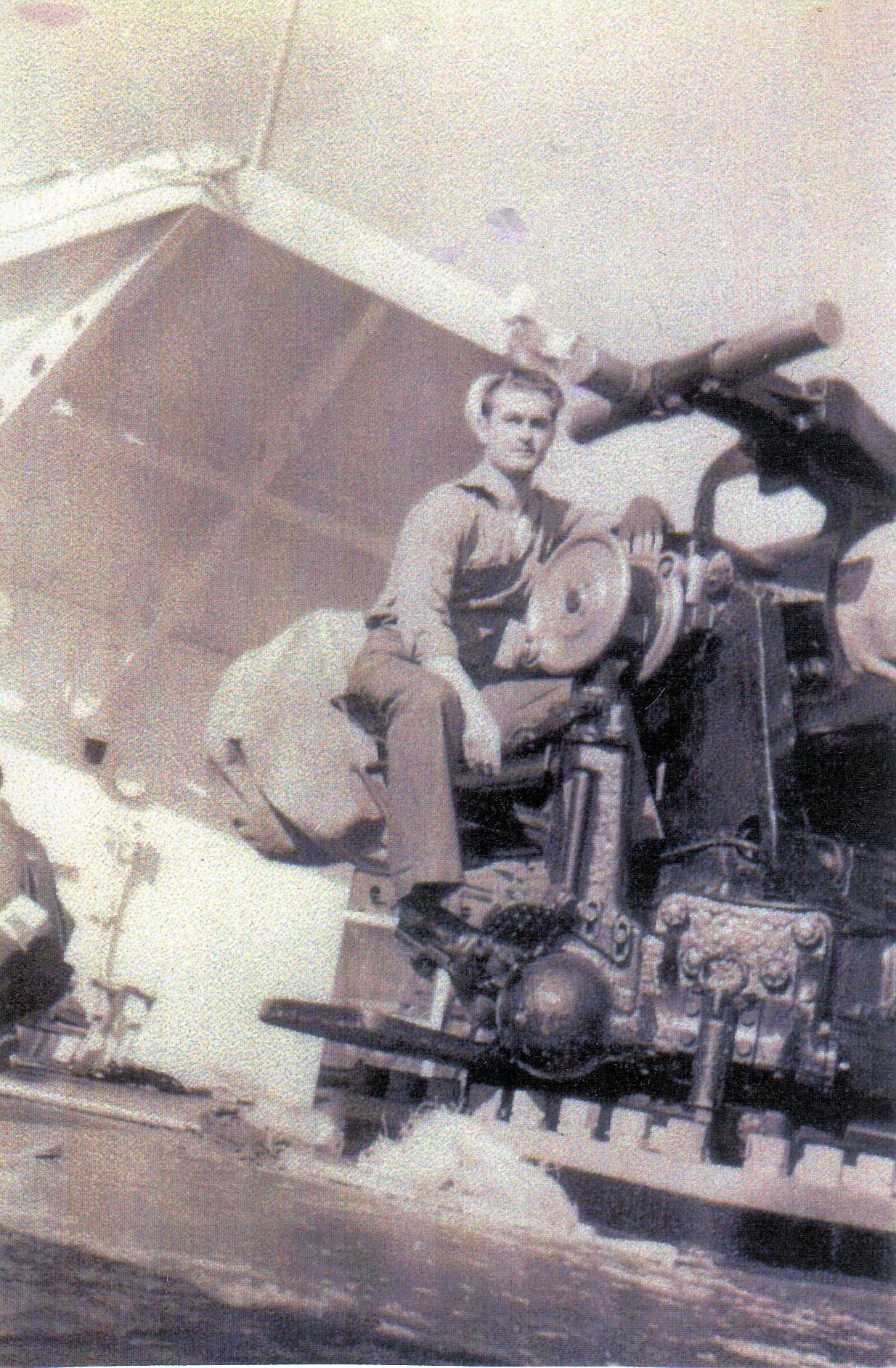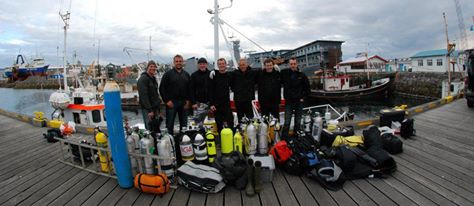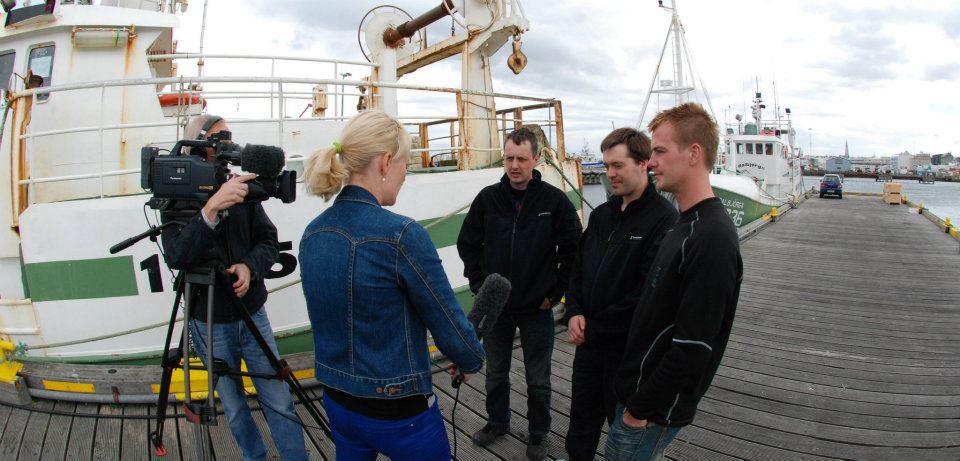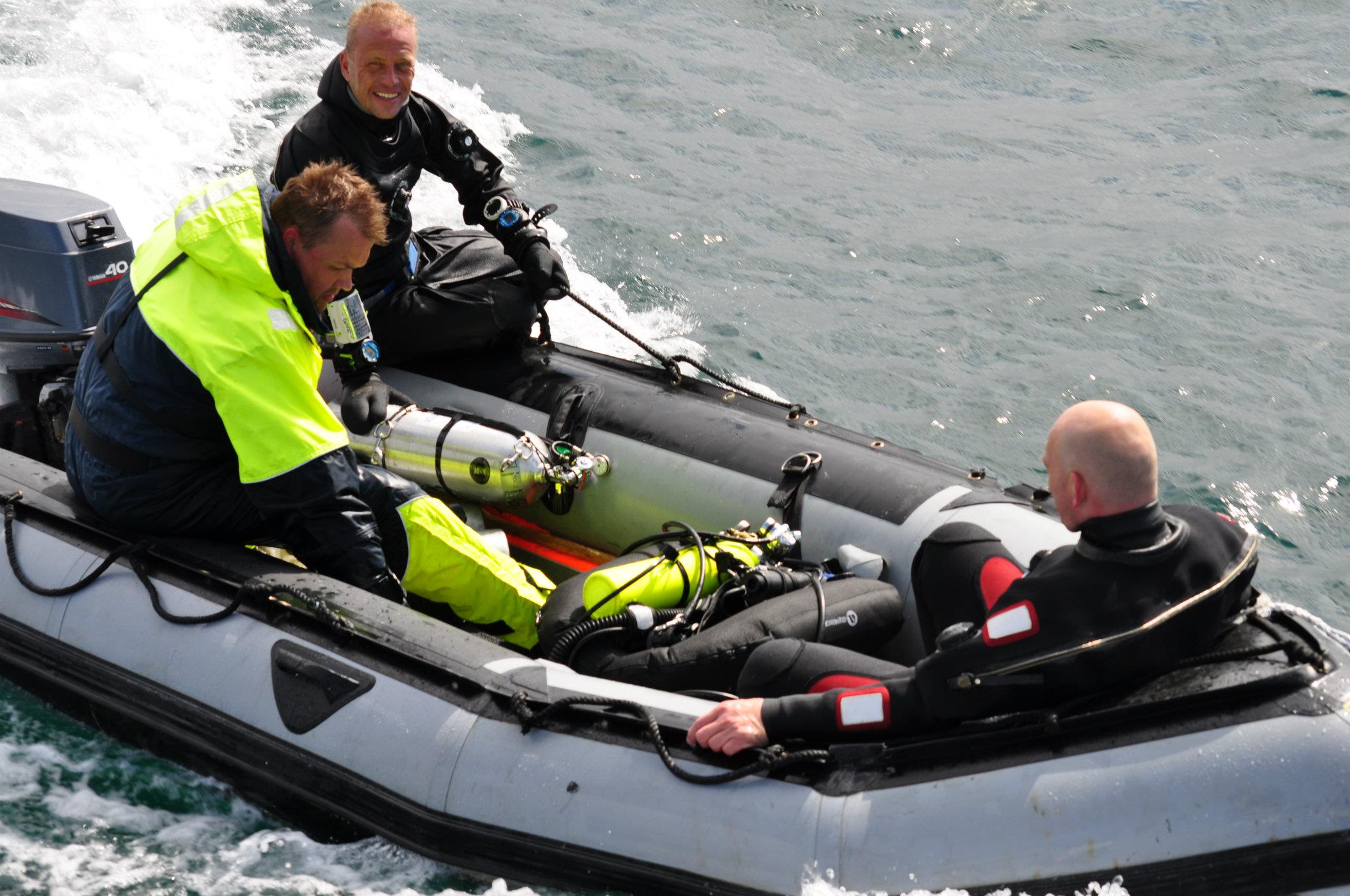October 2009
The phone rang. It was Sigurdur “Sigge” Harlsson on the other line who told me that he got marks for a ship that sank 28 miles outside Reykjavik. He was very excited and updated me that the Icelandic Coast Guard managed to identify the ship as US Coast Guard Cutter Alexander Hamilton using a Remote Operating Vehicle (ROV). Sigge’s words were “we have to dive this ship”. This was the start of an amazing adventure that lasted over three years and brought us all memories for a lifetime.
January 1942
The attacks on Peal Harbor happened just a month before. US Coast Guard Cutter Alexander Hamilton, named after the Treasure Secretary with the same name, was on a mission to guide ships safely to destinations in the northern Atlantic. The German type VIIC Submarine U-132 came in silently and was undetected. The torpedo hit the starboard side that instantly killed seven crew members onboard Hamilton and many more got injured. Salvage attempts were made without success and the American Destroyer USS Ericsson fired upon the wreck three times to send her to the bottom of the sea.

June 2011
All the gear is packed and ready, all 220 kg of it. We were on our way. We were four divers on the expedition. Aron and I flew in from Egypt and Sigge and Valgeir “Valle” Petursson was already based on Iceland. Our expedition mission statement was simply to see if a dive on Alexander Hamilton was possible and to open way for a second expedition where we together with the support of the related family members of the crew were to attach a memorial plaque to honor those brave men who sacrificed their life for our freedom.

The two weeks prior to the dive on Hamilton was spent training and preparing. Gisli Arnar Gudmundsson, owner of the dive center “Dive the North”, showed us the giant submarine looking cones called Strytan in Eyjafjordur. These geothermal chimneys are unique in the sense that they are the only ones of its kind shallow enough to dive without a submarine. According to many scientists it was at chimneys similar to these, who support life through chemosynthesis rather than sunlight, where life once started. We also dived the British steamship El Grillo at Seyoisfjordur, who sank in 1944 as a result of an attack by the German Air force who came in from Norway. The training between the tectonic plates in Silfra, apart from having perhaps best visibility in the world and being a spectacular dive, prepared us for the cold water environment we were about to encounter. We also did some deep dives at Lake Kleifarvatin where something very interesting occurred. Valle said this after the dive “We were at 75 meters and I was thinking that Jonas, who was the dive leader, was lost. He was swimming in circles without any real direction. Jonas looked at me with a smile and a bit of a confused facial expression”. After we came up I explained that the compass needle was suddenly pointing in the opposite direction. We talked to a few scientists on Iceland who explained to us that 700,000 years ago the magnetic field was opposite to each other. By diving in areas exposed to rocks from that time the compass actually got a reading where north was pointing south and vice versa. Sigge later stated that “always trust your compass, except when diving on Iceland” as a joke referring to diving organizations text books that teach the divers to “always trust their compass’.

We boarded the ship with its crew: Sigurjon, Veigar Pordarson, his father, safety divers and surface support from the “Sport Diving Club of Iceland”. The journey took over five hours, but the sea was as friendly as the Icelandic Sea gets. We constantly looked at the sonar and suddenly there was something. At the exact coordinates that we had received from the Icelandic Coast Guard, there was a shape of a large ship. We descended down. At 80 meters I still could not see anything, but there was no current to talk about. I remember thinking “could we have done a mistake, did we see a ghost on the Sonar”. At 90 meters and still nothing. Suddenly there she was, at 95 meters lying peaceful on the side. The proud US Coast Guard Cutter Alexander Hamilton at her final resting place.
The next blog on Scuba Diver Life is going to be uploaded live from our dives next month where we attach the memorial plaque in the memory of the crew that served and lost their lives on the cutter
Team Blue Immersion in partnership with OceanReef


